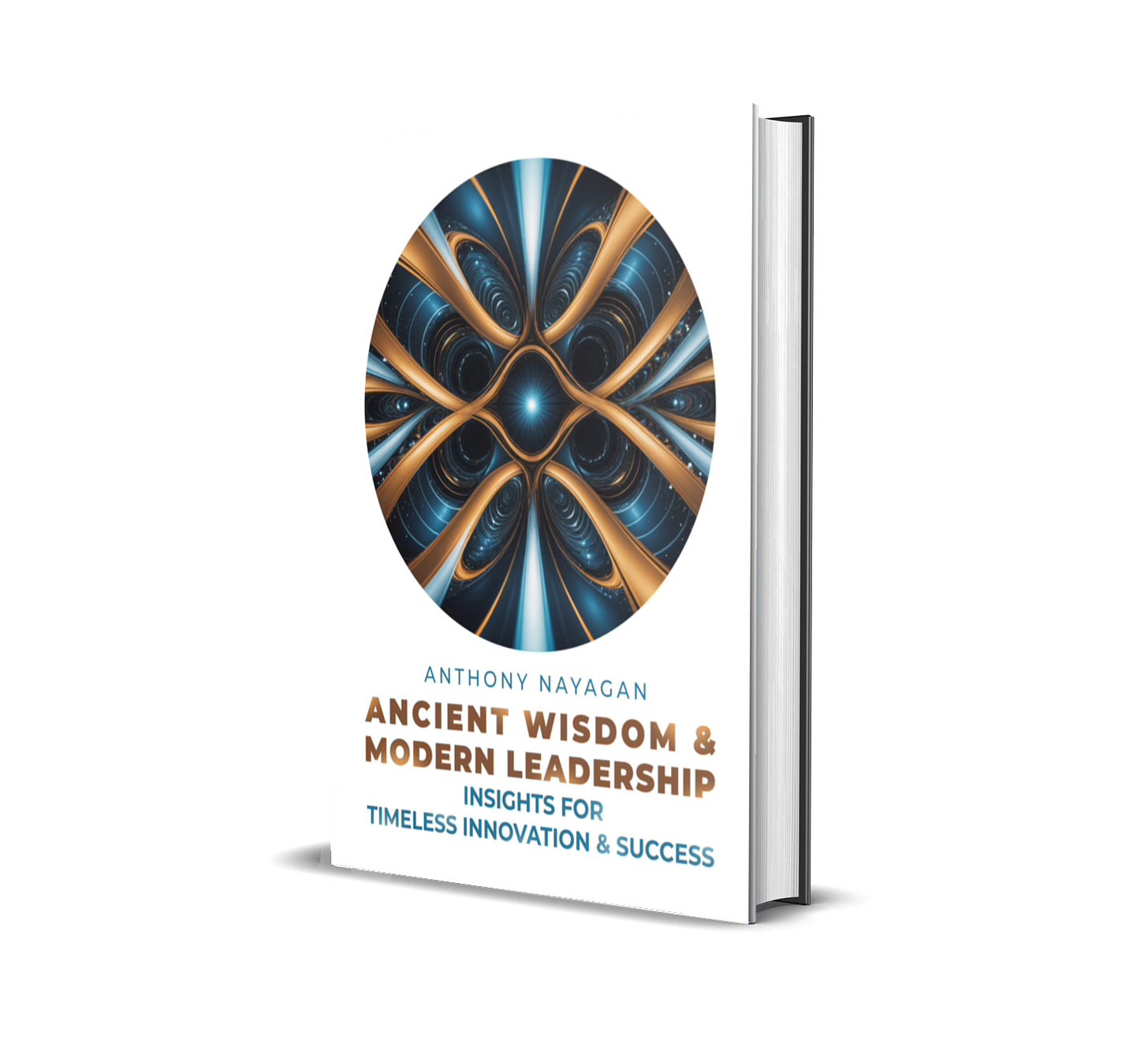
The Impermanence of S&P 500 Companies: A Prelude to Timeless Innovation
It’s a striking statistic: more than 80% of the companies that once composed the original list of the S&P 500 no longer exist. This is not just a matter of economic cycles or market forces; it’s a profound reflection on the impermanence of all things within the material universe. But why do these companies, once seen as pillars of industry, fade away? What are the underlying reasons for their decline, and what lessons can we glean from their fate?
The Factors Behind the Fall
- Lack of Innovation: At the heart of most corporate collapses is a failure to innovate. In an ever-changing world, companies that do not evolve risk becoming obsolete. Innovation is not just about creating new products; it’s about reimagining processes, customer experiences, and even business models. Companies that fall behind in this regard often find themselves outpaced by more agile competitors.
- Stagnant Business Models and Technology: Many companies continue to rely on outdated business models and technologies, failing to adapt to new realities. This churning of the same old methods, without significant upgrades or changes, can lead to a slow but inevitable decline. As markets shift and technology advances, those that fail to keep up are left behind.
- Short-Term Objectives: The modern corporate world is often driven by the desire to meet short-term goals, particularly quarterly earnings. While this might satisfy shareholders temporarily, it can lead to underinvestment in areas crucial for long-term success, such as research and development, employee training, and infrastructure. Companies focused solely on short-term gains may find themselves unprepared for the future.
- Stakeholder Expectations: The pressure to meet stakeholder demands, especially those of shareholders, can be immense. This often leads to decisions that prioritize immediate returns over sustainable growth. In the long run, this approach can undermine a company’s ability to innovate and adapt, making it vulnerable to market shifts.
The Biblical Perspective on Perishab
The impermanence of these companies can be seen as part of a broader, more universal truth. According to the Bible, whatever is born of perishable origins will eventually perish. This is not only a lesson for companies but also for civilizations, dynasties, and all material things. History is filled with examples of great empires that have risen and fallen, reinforcing the idea that nothing in the material world is permanent.
What Does Imperishability Mean?
While the material universe is characterized by impermanence, the Bible also speaks of what is born of imperishable origins. But what does this mean in the context of modern business? It suggests that entities driven by principles and values that transcend the material, that are rooted in a higher purpose, are more likely to endure. These are the companies and organizations that contribute positively to society, operate with integrity, and maintain a vision beyond immediate gains.
A Journey Toward Timeless Innovation
This blog is the beginning of a series of articles that will explore how we can overcome the inevitability of decline to create and innovate in ways that withstand the test of time. How can leaders and innovators draw on ancient wisdom to guide their modern strategies? What practices can ensure that what they build today remains relevant and impactful for generations to come?
If these questions intrigue you, I invite you to visit Supreme Realization and download a prerelease copy of Anthony Nayagan’s “ANCIENT WISDOM & MODERN LEADERSHIP: Insights for Timeless Innovation & Success” in PDF format for free.

At Supreme Realization, our mission is to help leaders and creative individuals live spiritually enriched lives. Anthony Nayagan coaches leaders and innovators to realize their divine nature, move beyond the ordinary, and enter into extraordinary Wisdom. Join us on this journey to discover how ancient wisdom can guide modern leadership and innovation.
